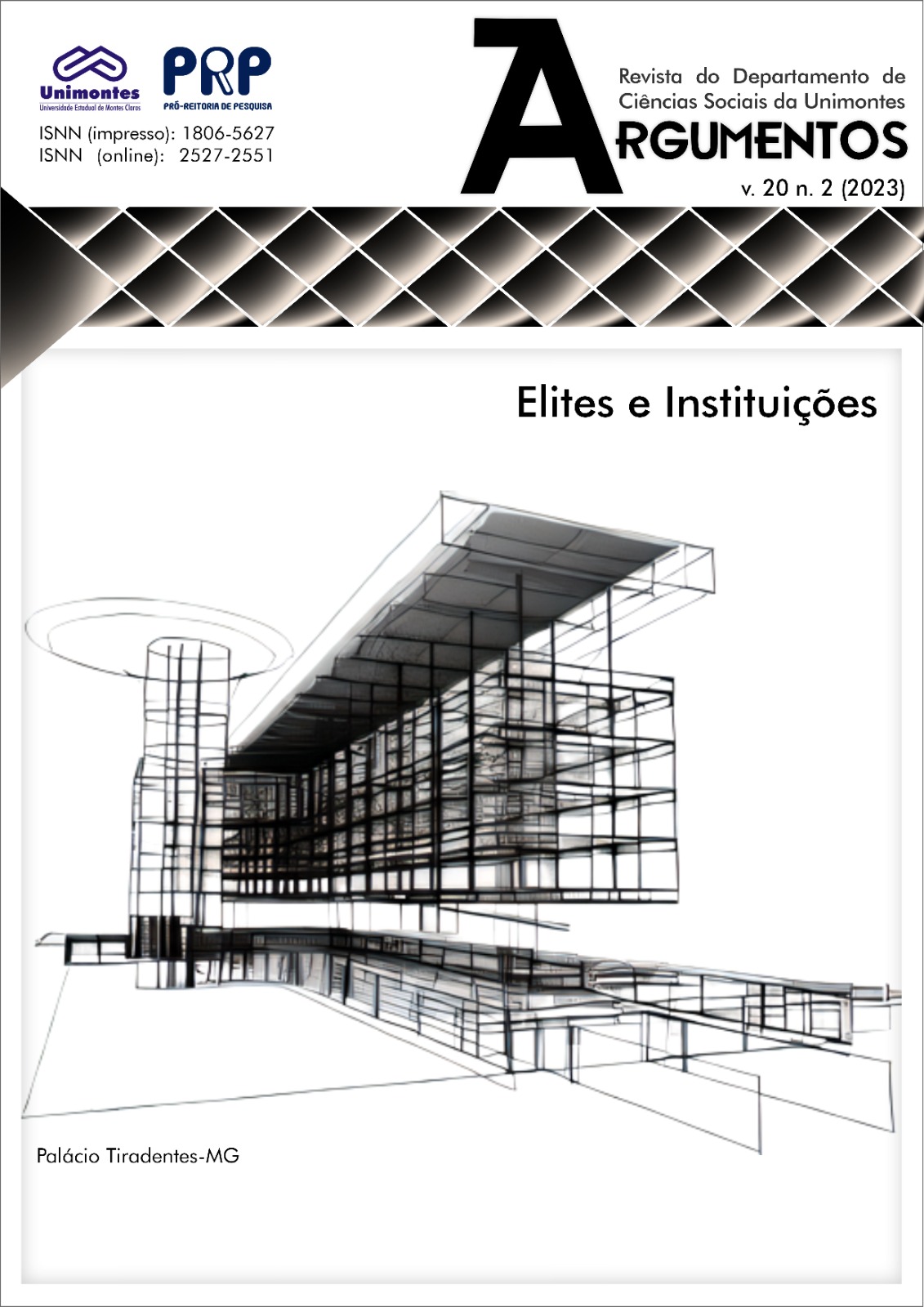Quasi-Experimental Evaluation of Police Decentralization: The Case of the Creation of Independent Military Police Companies in the State of Espírito Santo
DOI:
10.46551/issn.2527-2551v20n2p.269-296Keywords:
Synthetic Control, Public Security Administration, Reduction in the Homicide Rate, Independent CompaniesAbstract
In the 1980s/90s, new police models were consolidated, advocating for a more proactive role of professionals in their jurisdictions. They were expected to have greater interaction with the community and operate autonomously to implement preventive actions, not just repressive ones. However, there is a gap in the literature regarding empirical studies that seek to assess the impact of changes in the management arrangements of police forces, particularly in providing greater autonomy for frontline policing. In this article, we rely on an quasi-experiment, the creation of Independent Companies (CIA IND) within the Military Police in the state of Espírito Santo, which started using an independent management system from their original units (battalions). This territorial-focused approach aimed, among other factors, at reducing crime. Using the Synthetic Control Method, we assess the potential impacts of creating three Independent Companies in the cities of Vitória, Serra, and Vila Velha in March 2017 on the reduction of homicide in these regions. If the CIA IND did not exist, the data for the period between 2018 and 2021 indicate that homicide rates would have increased by 36% in Vila Velha and 18% in Serra.
Downloads
References
ABADIE, Alberto; GARDEAZABAL, Javier. The Economic Costs of Conflict: A Case Study of the Basque Country. American Economic Review, v. 93, 2003.
ABADIE, Alberto; DIAMOND, Alexis; HAINMUELLER, Jens. Synthetic Control Methods for Comparative Case Studies: Estimating the Effect of California’s Tobacco Control Program. Journal of the American Statistical Association, v. 105, nº 490, 2010.
ABADIE, Alberto; DIAMOND, Alexis; HAINMUELLER, Jens. Comparative Politics and the Synthetic Control Method. American Journal of Political Science, p. 495–510, 2015.
BAYLEY, David. Padrões de Policiamento. São Paulo/SP: EDUSP, 267 p., 2001.
BAYLEY, David H.; SKOLNICK, Jerome H. Policiamento comunitário: questões e práticas através do mundo. Tradução Ana Luísa Amêndola Pinheiro. São Paulo/SP: USP, 2002.
BECKER, G. S. Crime and punishment: An economic approach. The Journal of Political Economy, p.169–217, 1968.
BURDETT, K.; LAGOS, R.; WRIGHT, R. Crime, Inequality and Unemployment. London School of Economics, University of Essex, and University of Pennsylvania mimeo, 1999.
CARVALHO, A. X.; CERQUEIRA, D. R. C.; RODRIGUES, R. I.; LOBÃO, W. J. A. Custos das mortes por causas externas no Brasil. Texto de Discussão 1268, IPEA, Brasília, 2007.
CERQUEIRA, D. R. C. Causas e Consequências do Crime no Brasil. Prêmio BNDES de Tese de doutorado. BNDES. Rio de Janeiro, 2014.
CERQUEIRA, Daniel et al. Uma Avaliação de Impacto de Política de Segurança Pública: O Programa Estado Presente do Espírito Santo. ANPEC, 2018.
DIAS NETO, Theodomiro. Policiamento comunitário e controle sobre a polícia: a experiência norte-americana. Rio de Janeiro/RJ: Lumen Juris, 2003.
ESPÍRITO SANTO. Decreto nº 4.070-R, de 01 de março de 2017. Dispõe sobre a organização básica da Polícia Militar do Espírito Santo (PMES) e dá outras providências. Vitória/ES: DIOES, 2017.
ESPÍRITO SANTO. Decreto nº 4.970-R, de 27 de setembro de 2021. Dispõe sobre a organização básica da Polícia Militar do Espírito Santo (PMES) e dá outras providências. Vitória/ES: DIOES, 2021.
FAJNZYLBER, P.; ARAÚJO JR., A.F. O Que Causa a Criminalidade Violenta no Brasil? Uma Análise a Partir do Modelo Econômico do Crime: 1981 a 1996. Texto de Discussão nº 162, CEDEPLAR/UFMG, 2001.
GOLDSTEIN, Herman. Improving Policing: A Problem-Oriented Approach. 25 Crime and Delinquency, 236, Univ. of Wisconsin Legal Studies Research Paper No. 1336, 1979.
IBGE. Instituto Brasileiro de Geografia e Estatística. Disponível em: https://www.ibge.gov.br/explica/desemprego.php, 2022.
INEP. Resultados IDEB. Instituto Nacional de Estudos e Pesquisas Educacionais Anísio Teixeira. Disponível em: http://ideb.inep.gov.br/, 2022.
IPEA. Texto para Discussão 2543. Instituto de Pesquisa Econômica Aplicada, Rio de Janeiro: IPEA, 2020.
IPEA. Instituto de Pesquisa Econômica Aplicada. Disponível em: http://www.ipeadata.gov.br/Default.aspx, 2022.
IJSN. PIB per capita. Instituto Jones dos Santos Neves. Disponível em: http://www.ijsn.es.gov.br/assuntos/pib-municipal, 2022.
MEIRELES, H. Direito Administrativo Brasileiro. 33 edição. São Paulo: Malheiros, p. 131, 2007.
SESP. Secretaria de Segurança Pública e Defesa Social. Disponível em: https://sesp.es.gov.br/estat%C3%ADsticas-criminais-2, 2022.
SIM. Sistema de Informações sobre Mortalidade (SIM). Disponível em: http://vigilancia.saude.mg.gov.br/index.php/sistemas-de-informacao/mortalidade/, 2022.
SNIS. Sistema Nacional de Informações sobre Saneamento. Disponível em: http://www.snis.gov.br/diagnosticos/agua-e-esgotos, 2022.
SIOPE. Sistema de Informações sobre Orçamentos Públicos em Educação. Disponível em: https://www.fnde.gov.br/siope/relatoriosMunicipais.jsp, 2022.
SIOPS. Sistema de Informações sobre Orçamentos Públicos em Saúde. Disponível em: https://dados.gov.br/organization/ministerio-da-saude-ms?page=1, 2022.







.png)










.png)





